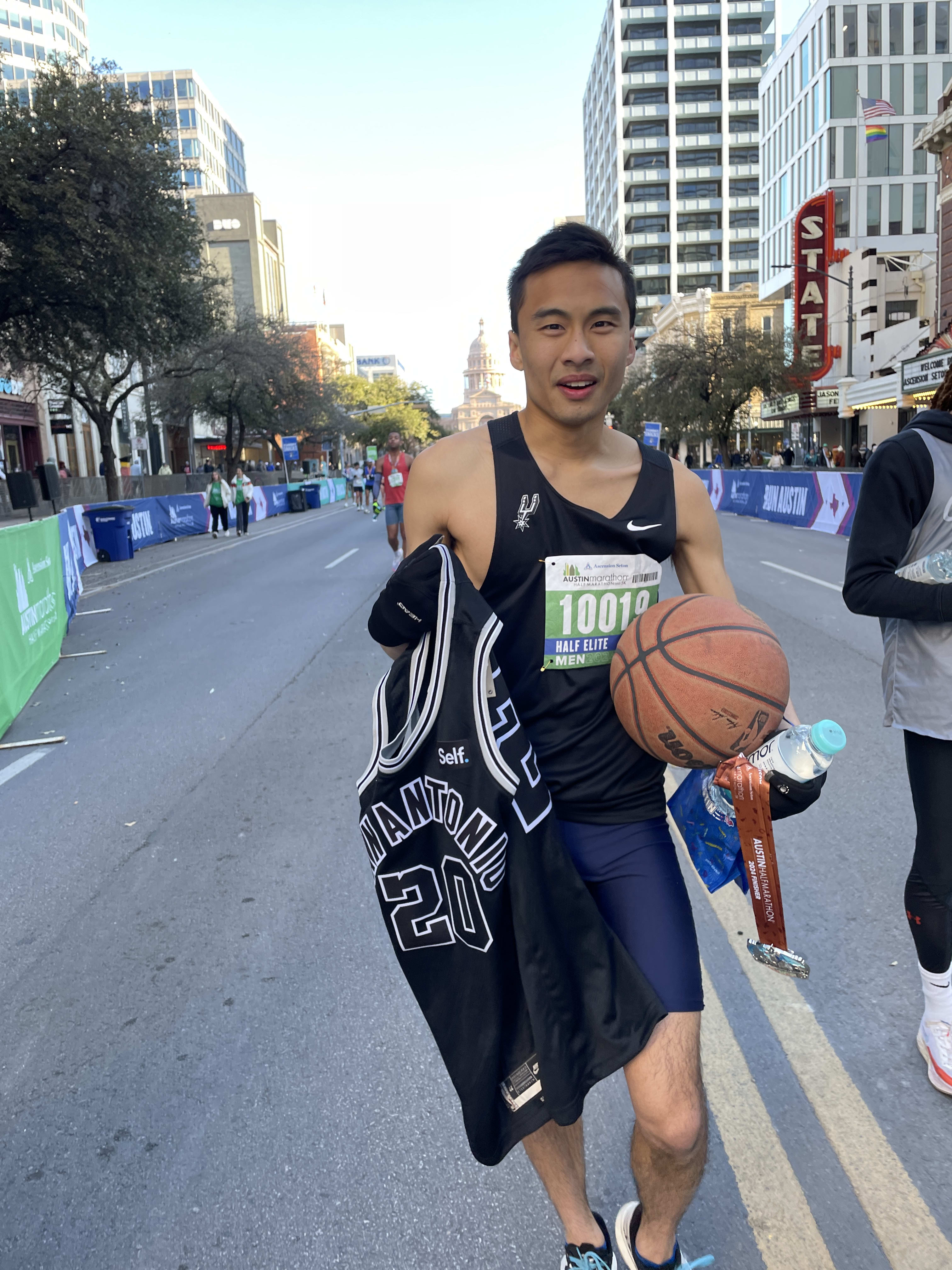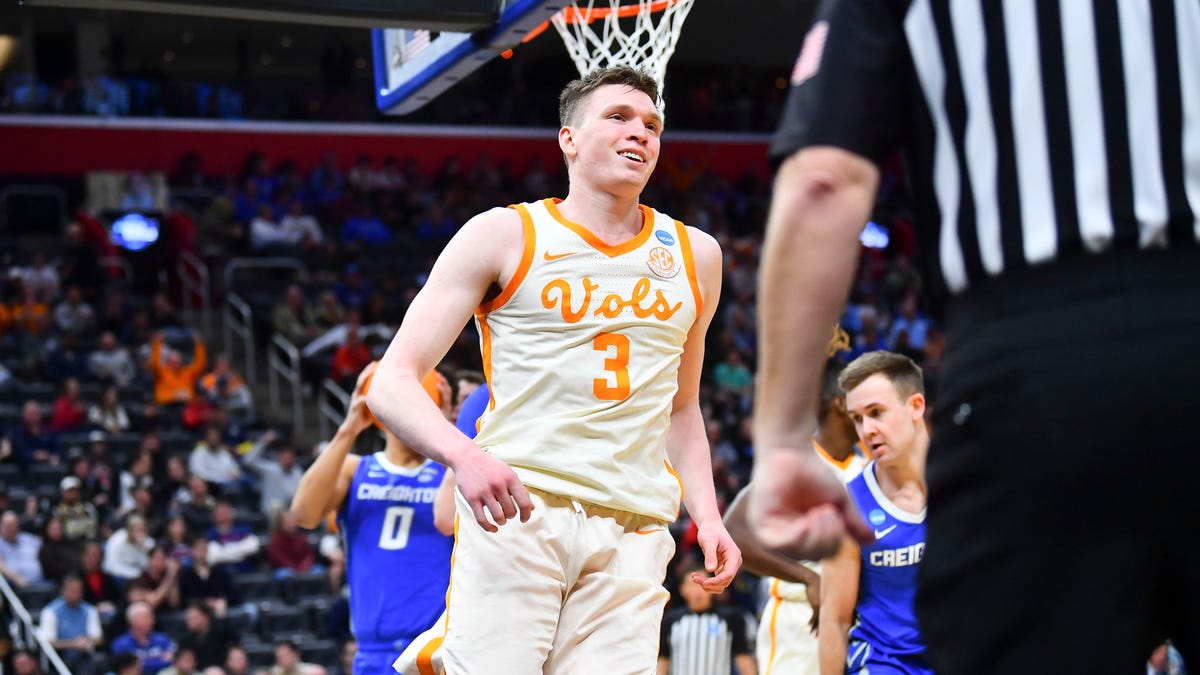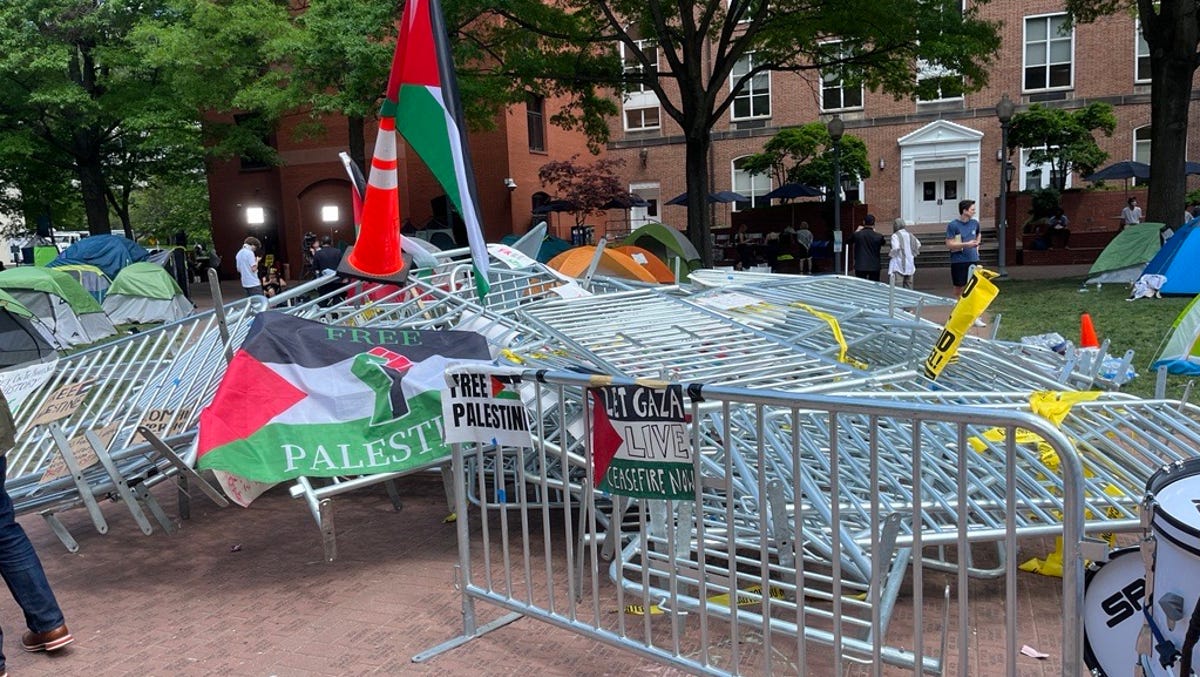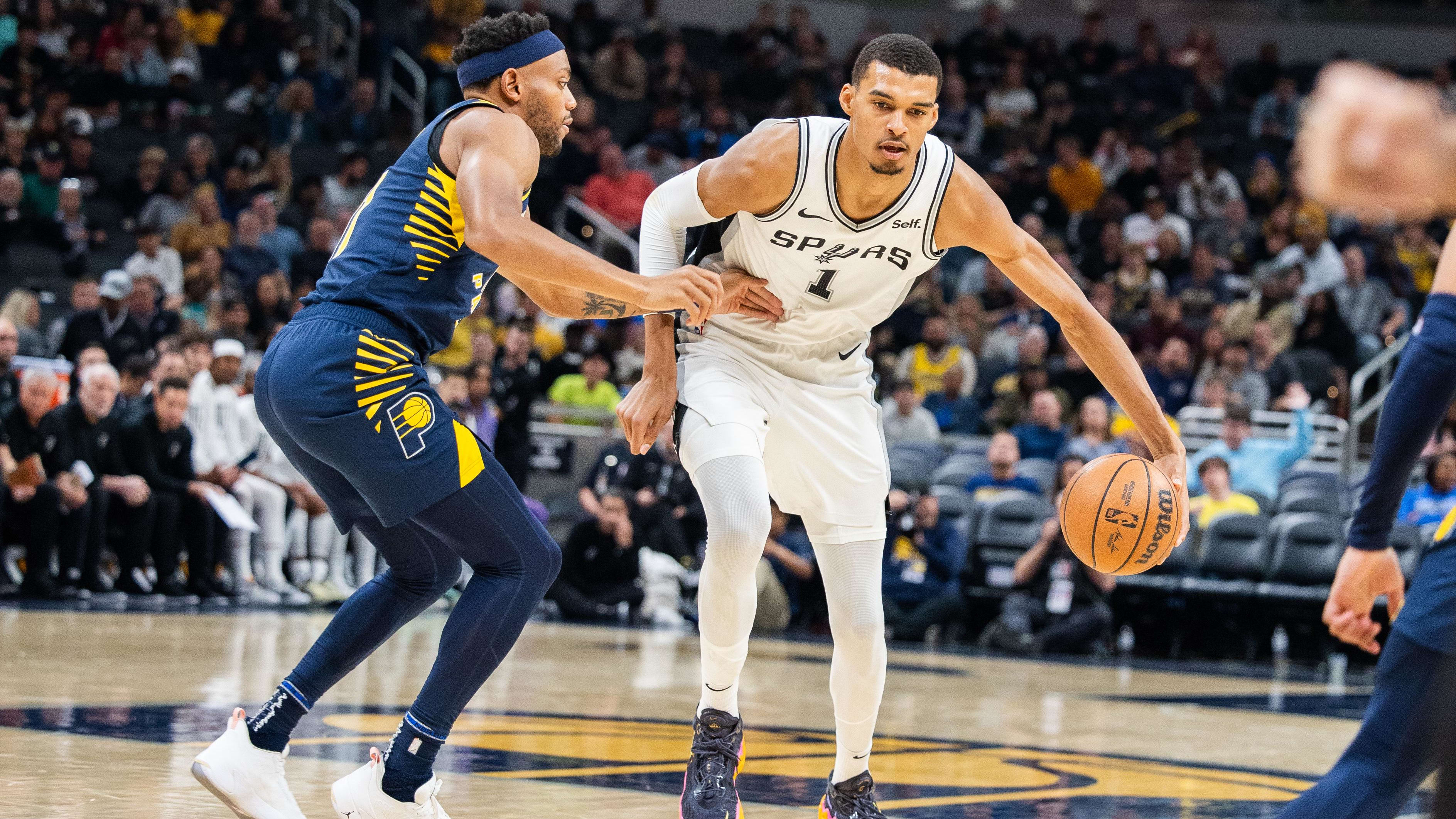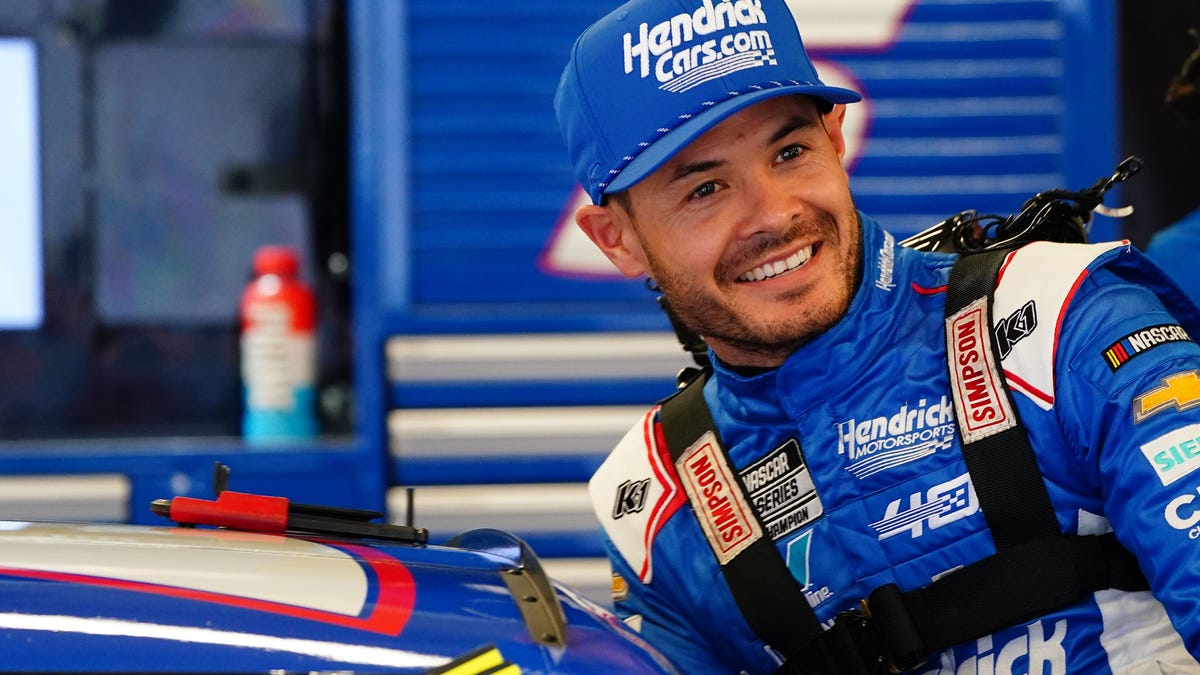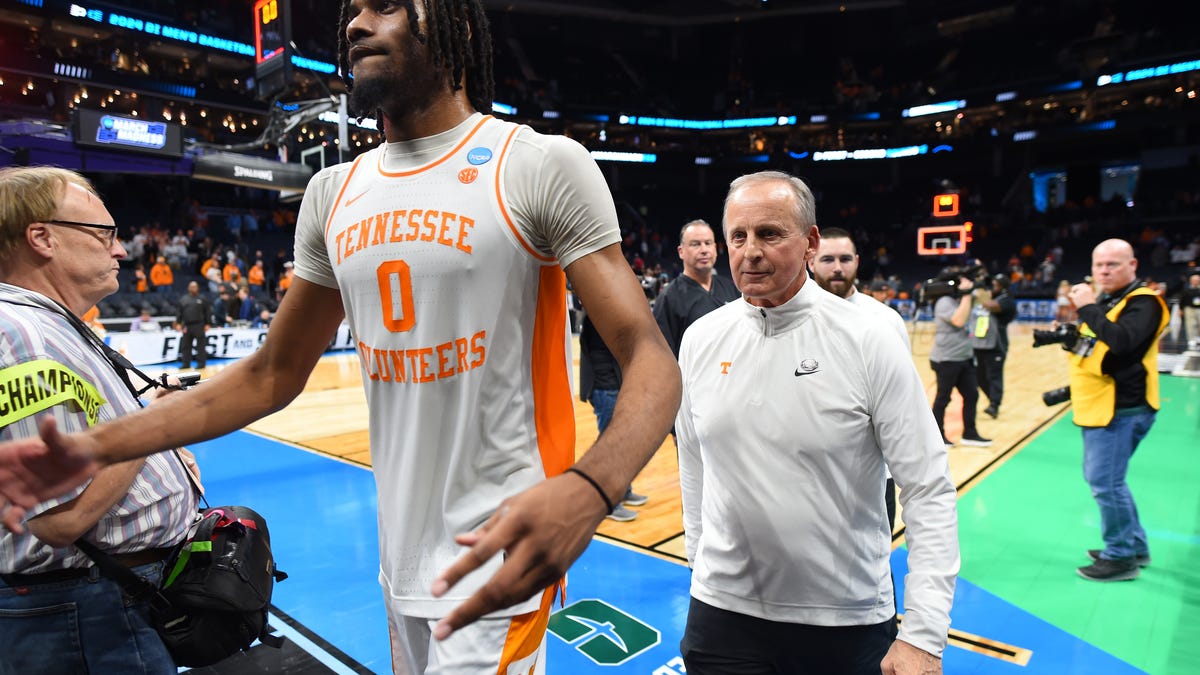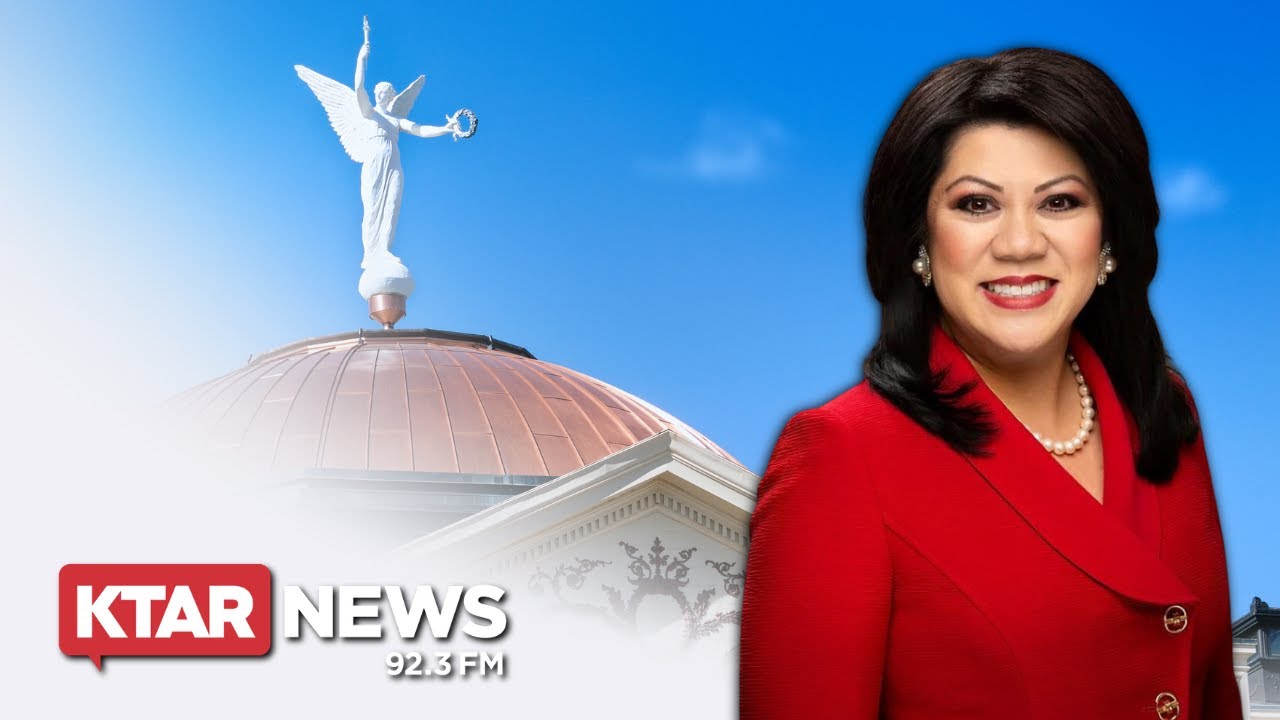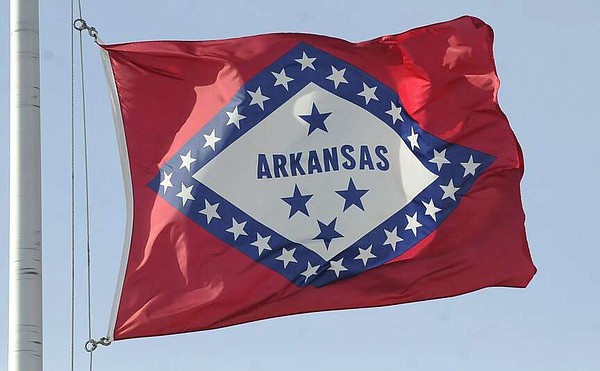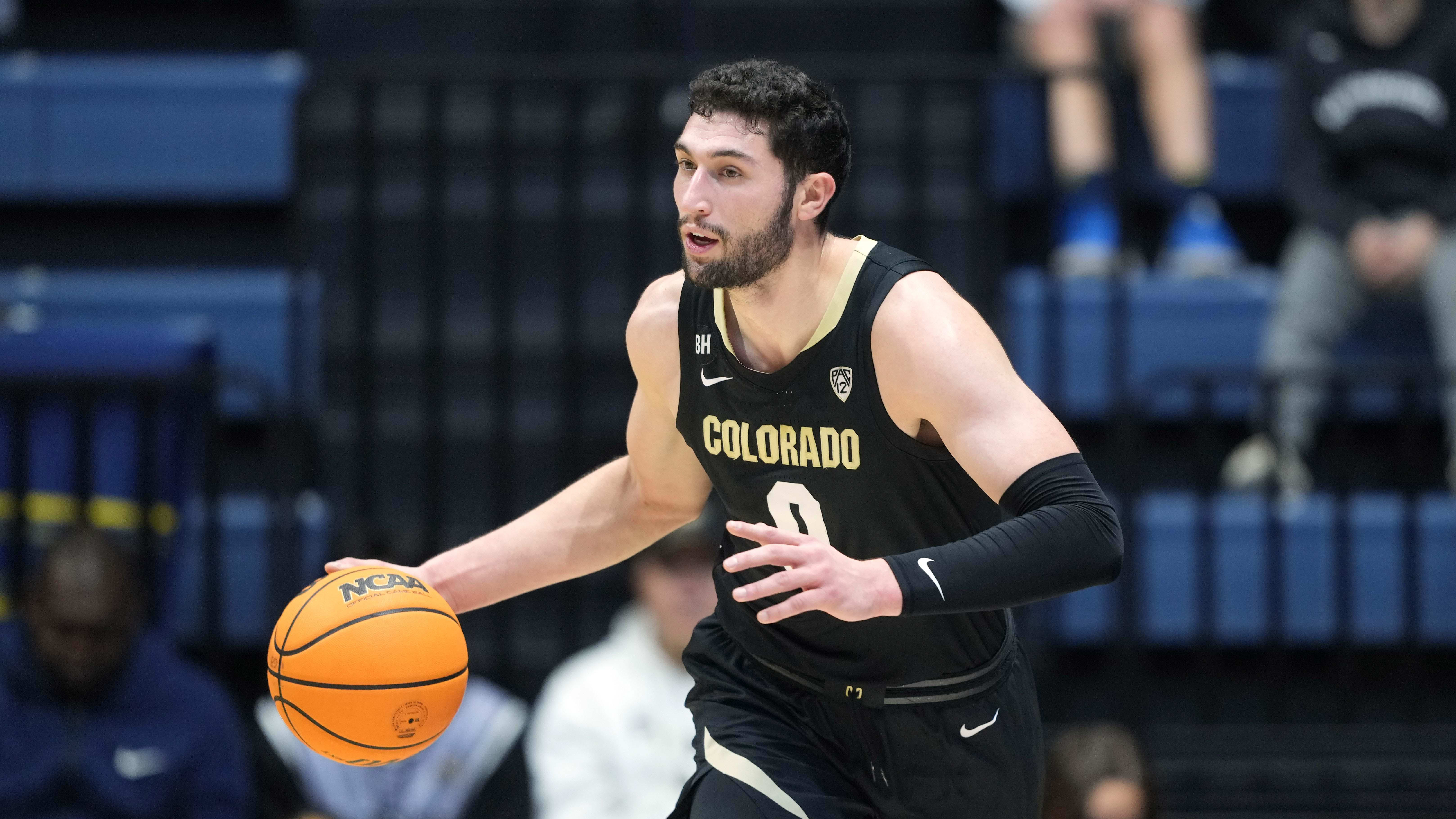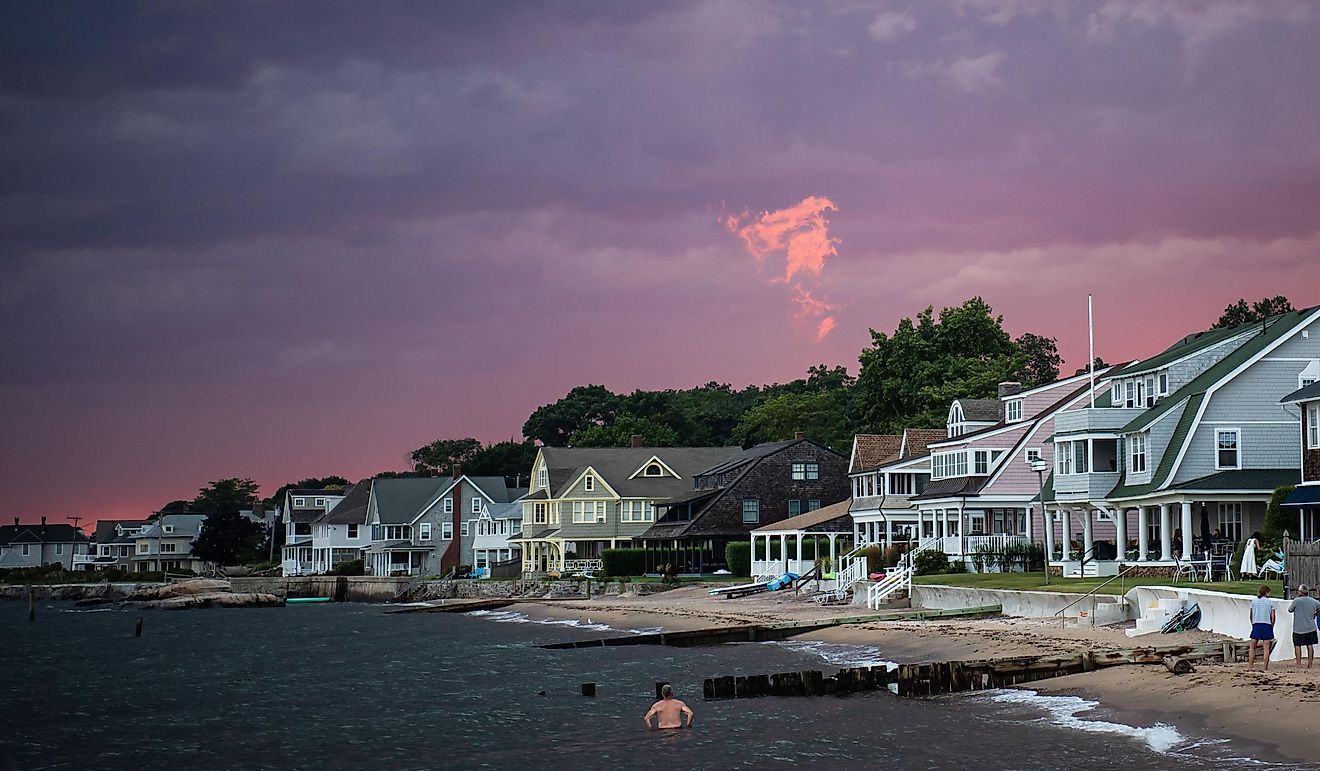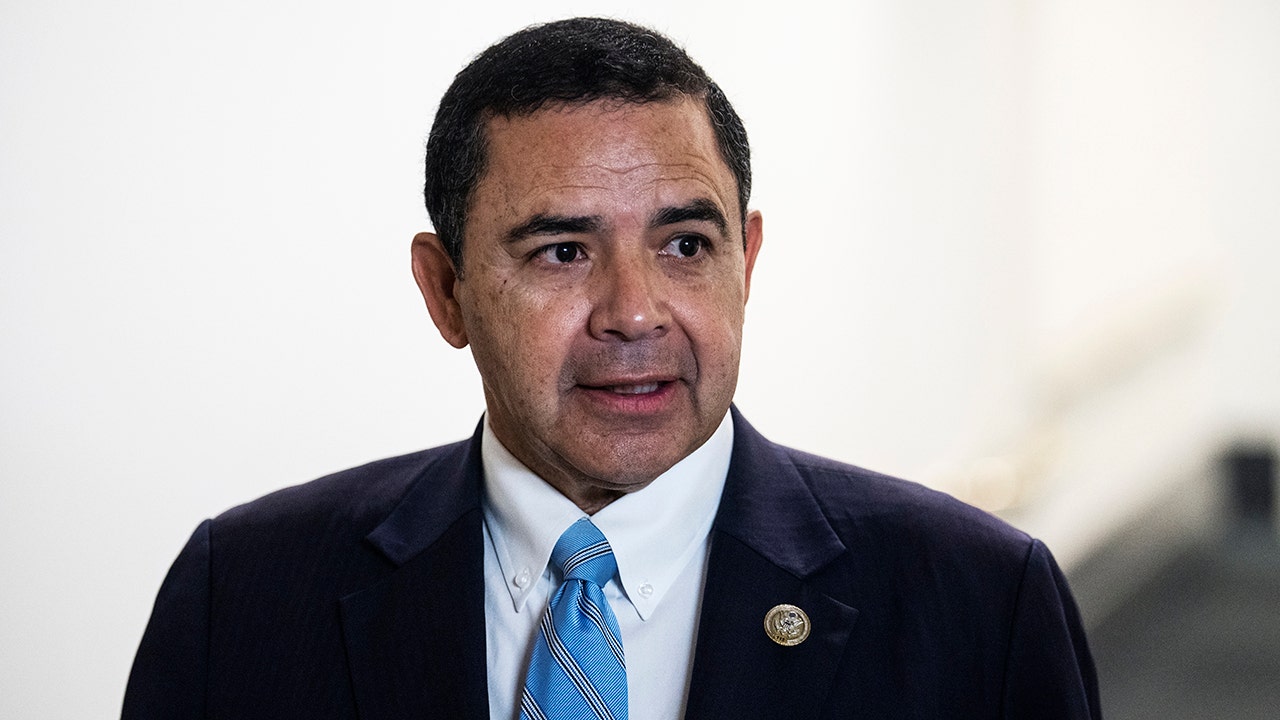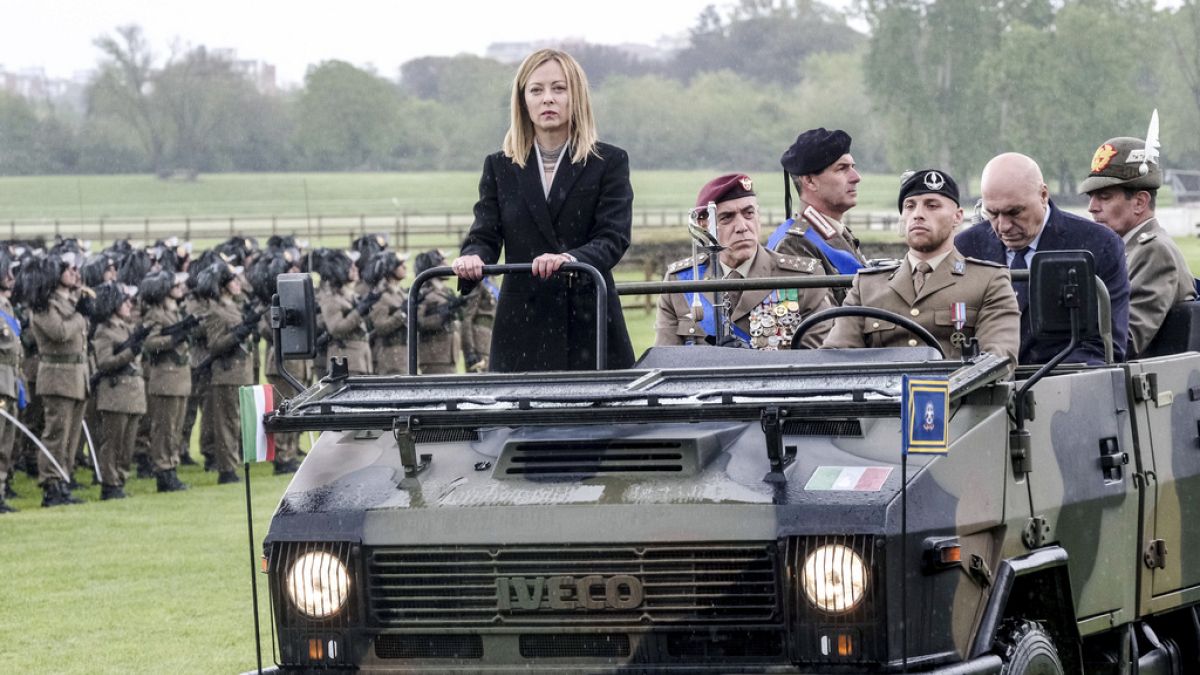Austin, TX
A Year of Growth: Behind the San Antonio Spurs’ Austin Expansion & New-Market Reach
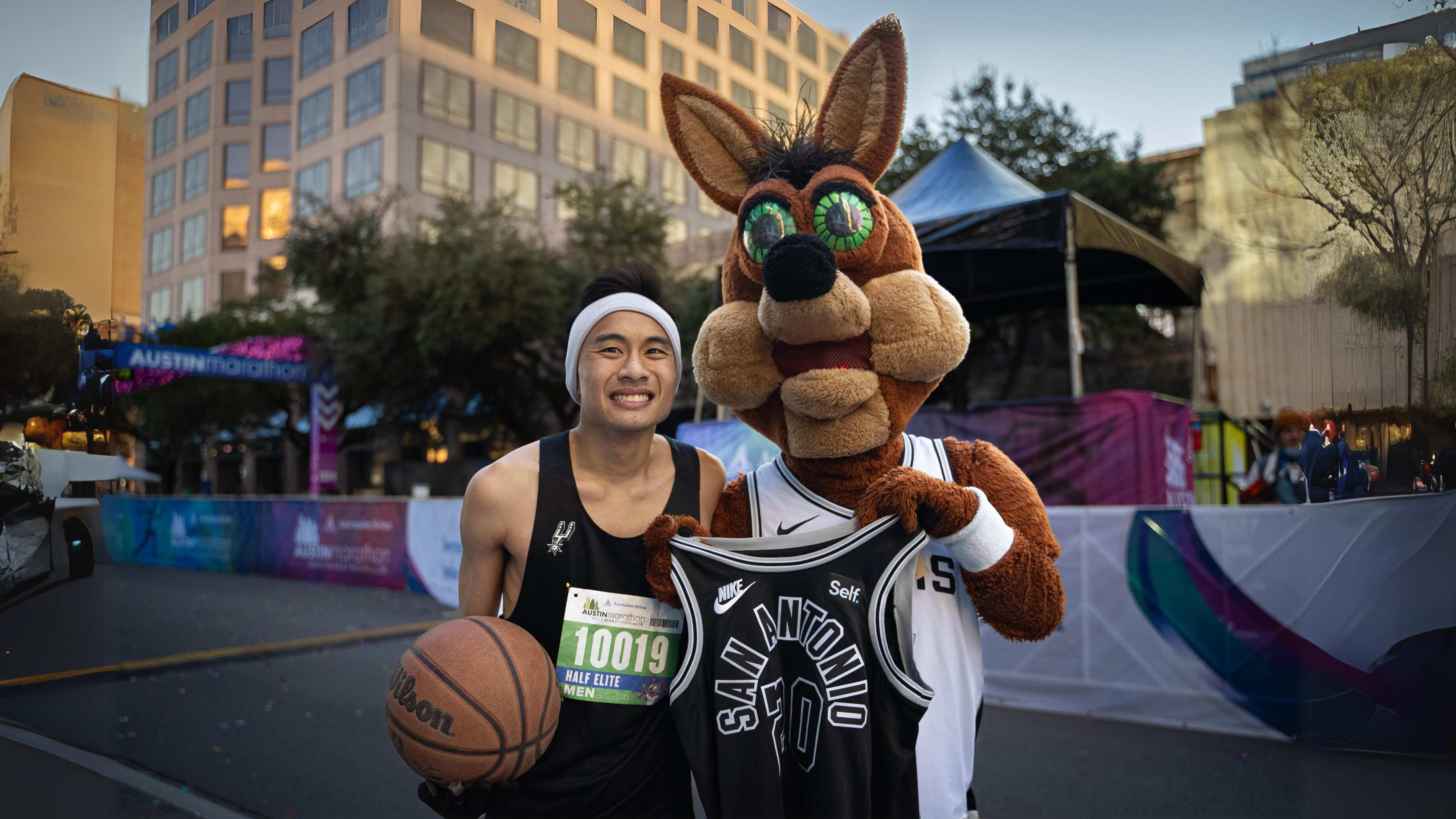
AUSTIN, Tx. — South by Southwest might just epitomize the city at the heart of Central Texas.
“Keep Austin Weird” is a phrase you’ll hear a few times throughout your stay in the state capital, though not in a bad way. A city boasting so many cultures should want to preserve its unique culture.
And it does. In fact, it “dedicates” itself to helping “creative people” achieve their goals.
So, what better way to do so than by hosting a conglomerate art showcase in and around the metroplex? How better to help creatives achieve their goals than providing them an outlet?
If the answer to those rhetorical questions was “no better way,” then Spurs Sports & Entertainment SVP of Strategic Growth Brandon James wanted in. While Austin’s proud residents attended and enjoyed the annual festivities of SXSW, he wanted to give them just one more thing to look at: a product.
A team.
“We actually (had) a formal partnership with SXSW this year,” James said. “Aligning ourselves with a uniquely-Austin brand just allowed us another touch point to extend our reach into areas we may not otherwise have had access to.”
All of a sudden, San Antonio Spurs logos were paired with the festival and its promotions. Austin residents could enjoy a ticket package of SXSW wristbands and seats to watch the Silver & Black in action at Moody Center.
“We aren’t in complete control of when we play in Austin,” James said. “So, understanding that the dates that we were given this year were fell on SXSW, we could do one of two things: shy away from that … or embrace it.”
San Antonio Spurs forward Keldon Johnson performs on stage during SXSW alongside the Spurs Coyote.
Photo captured from a video provided by the San Antonio Spurs
The Spurs chose the latter. They had players make appearances at the festival and fully embraced Austin’s culture. To finish out what the team coined “Spurs Week” — which featured activations, meet-and-greets and more — the team played two “home” games in the city as a part of its now-annual “I-35 Series.”
And while the environment was different than the one it was used to back at Frost Bank Center, it was a welcome change.
“We had an idea that there was an appetite for NBA basketball in Austin,” James explained. “But we hadn’t been super intentional about what that looked like, so for the past three years, we finally put some intentionality behind it.”
Turns out, intentionality was exactly what it needed.
—
Jeremy Sochan held a marker in his right hand — signing the back of his own jersey worn by a fan during a meet and greet — and with his left, he stretched the fabric.
The then-rookie power forward was stationed in downtown Austin speaking with young fans, posing for photos with others and serving as a face for “the team down South.” Central Texas wasn’t used to having an NBA team — at least, not in the capital — so, what it was experiencing with what appeared to be a Spurs takeover was new.
And for a first-time experience, Sochan left a positive impression.
“Jeremy was tremendous [at his meet-and-greet],” James said during our interview one year ago. “He does such a good job of connecting with fans and connecting with the community. He does it in a way that’s unique and authentic to who he is, and who we are at the Spurs organization.
“He’s one of those players where you meet him once and you remember it forever.”
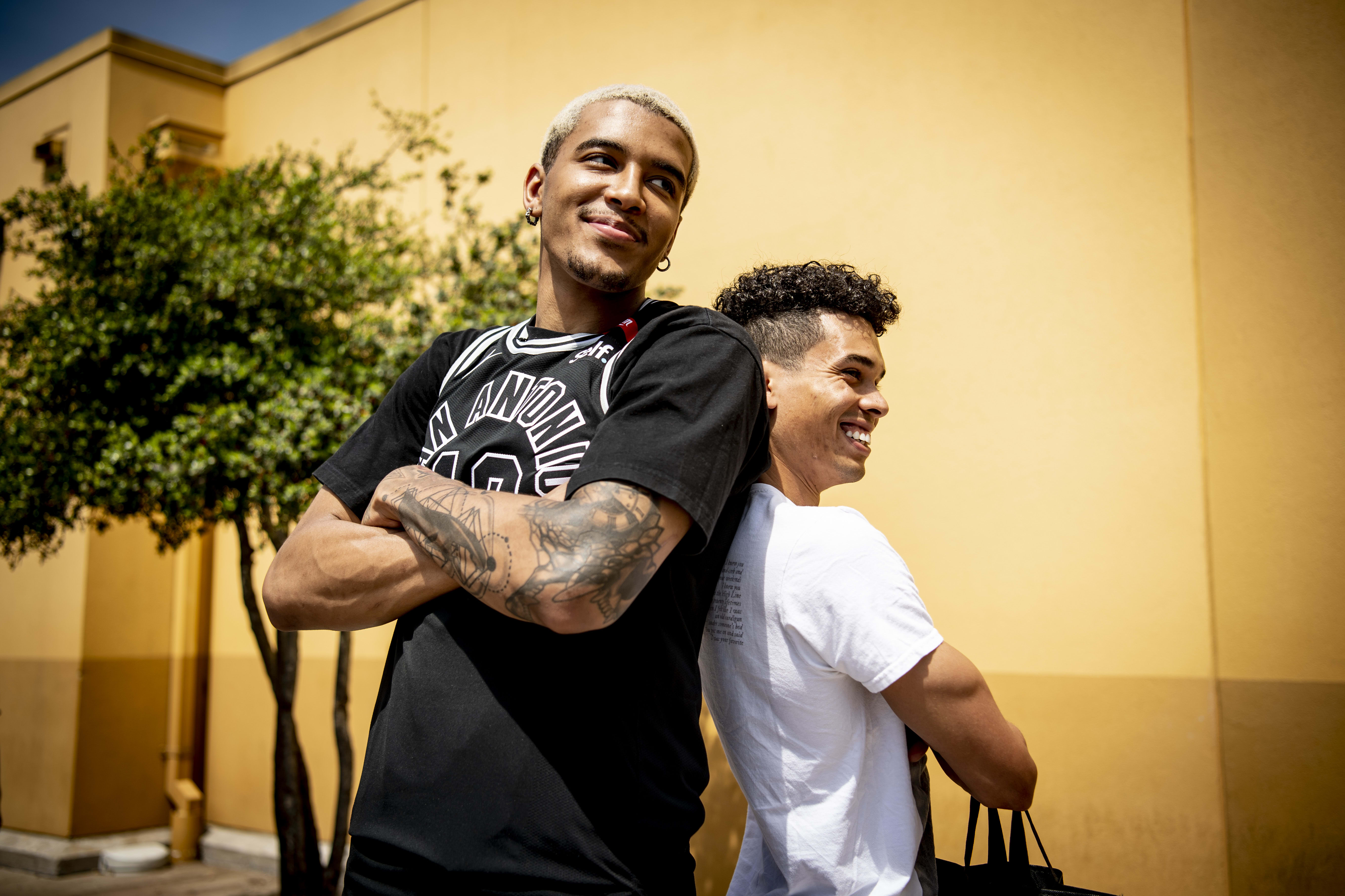
San Antonio Spurs power forward Jeremy Sochan stands back-to-back with a fan during a team-sanctioned meet-and-greet in Austin.
Reginald Thomas II/San Antonio Spurs
Giving fans the chance to meet Sochan was one of the highlights of the Spurs’ two-game trip to Austin, which was coupled with community outreach events and other activations to promote the team in an attempt to win over the new city’s fanbase.
James’ overall goal for the operation was to begin to plant the seed of the Spurs being Austin’s team, and despite the woes they had been facing, it worked. Fans poured into Moody Center to watch San Antonio take on the Portland Trailblazers and Minnesota Timberwolves, and set venue attendance records in the process.
And then they did it again this year.
Nikola Jokic and the Denver Nuggets made their way to town, as did the Brooklyn Nets for the second year of the Spurs’ two-game series at Moody Center, and fans piled in. Some were eager for their chance to see Victor Wembanyama for the first time, while others reveled in the opportunity to be apart of a record-setting crowd that tallied up to 16,223 fans.
Needless to say, it was a success.
“The buzz around our team is palpable,” James said. “You’re starting to see more Spurs gear in and around town, and a lot more people are driving from Austin to San Antonio to come to our games.”
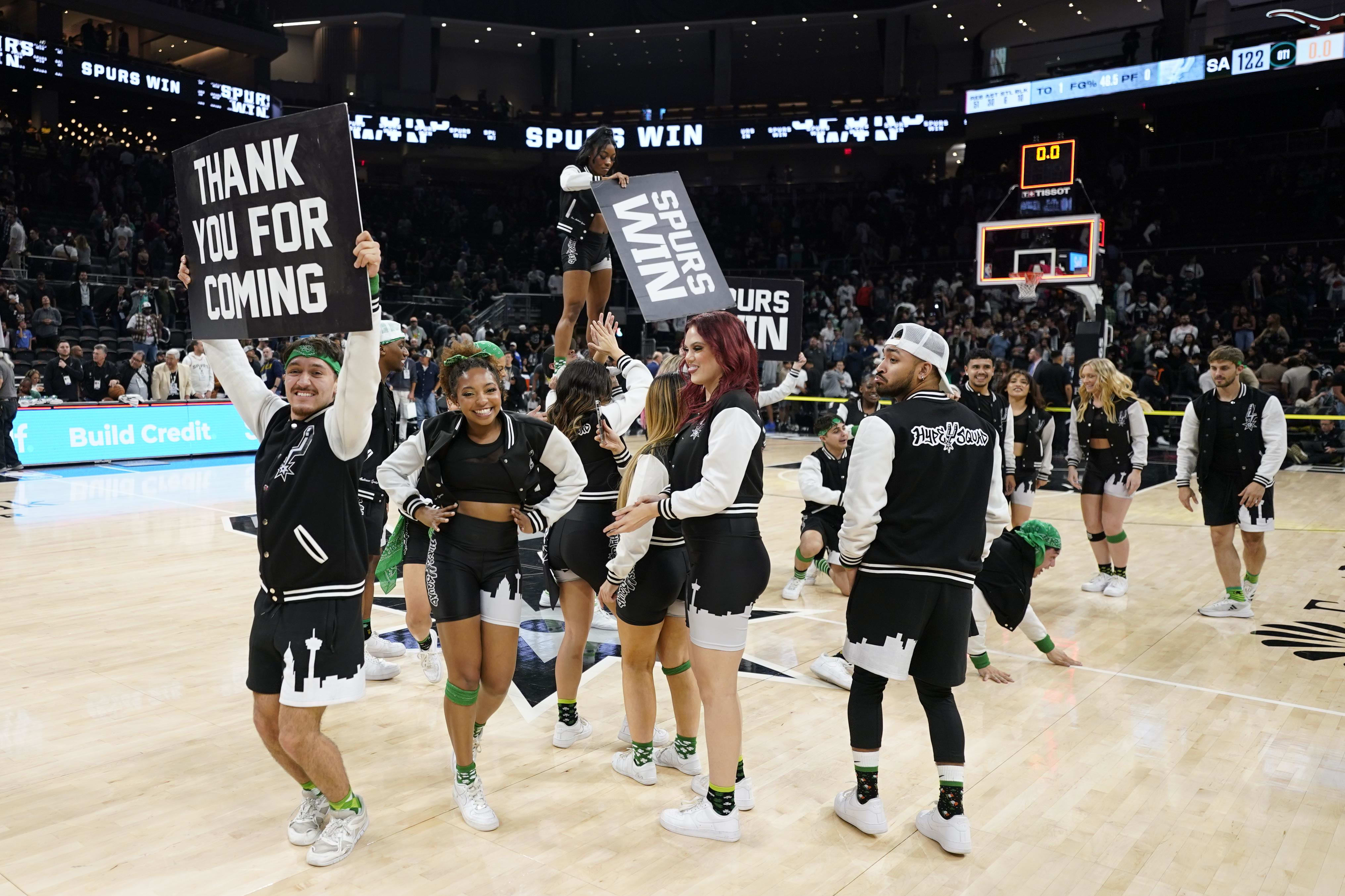
Mar 17, 2024; Austin, Texas, USA; San Antonio Spurs hype squad celebrates an overtime victory over the Brooklyn Nets.
Scott Wachter-USA TODAY Sports
The latter observation by James and the Spurs was an even bigger win than connecting to fans in Austin was, but for the four games spanning two seasons that the NBA’s youngest team played at Moody Center, that wasn’t the focus. Bringing Spurs culture to Austin was.
“We (had) to be intentional about how we make sure that our brand gets in the hands of fans that may not live in the 210 area code that is San Antonio,” James said. “It’s about meeting fans where they are.
“No matter where you are in the world, you’re a part of our family.”
Whether fans lived in Austin and took a chance on the young team playing in their backyard, lived in San Antonio and made the trip over to Austin — or even watched from afar, taking in another generational performance from Wembanyama, the Spurs’ family was welcoming.
Moody Center opened its doors, and a shared love for basketball did the rest.
In fact, the sky was limitless when that came into play.
Just Keep Dribbling: A Marathon, A Basketball and A World Record
Ben Duong had never owned a basketball.
It wasn’t that the 24-year-old Austinite was un-athletic — you’ll come to know it’s quite the opposite — but rather because he’d never really taken a liking to the sport. Not enough to invest in it, anyway.
“I’ve played pickup with my friends,” Duong said. “(But) I’ve never seriously played. I’ve never been a super competitive player.”
Instead, Duong found his passion in running. The 24-year-old, born and raised in North Austin, was able to tap into that passion at McNeil High School as a varsity track-and-field athlete before going on to do the same at Dallas Baptist University, where he made waves as both a runner and first-rate student.
Once he was done with the Patriots, however, the idea of continuing to run competitively seemed out of the question. As far as Duong was concerned, his professional career was over.
That was, until he ran a 1:22:38 at the Austin Marathon in January of 2023.
“While it was horrific, it made me realize how much I missed racing,” Duong explained. “So, I decided to get back into it.”
Duong began to run more frequently, targeting races in around his hometown of Austin to re-establish his rhythm — which longtime coach and friend Paras Shah and Raw Running, a running group based in the city, played a large role in.
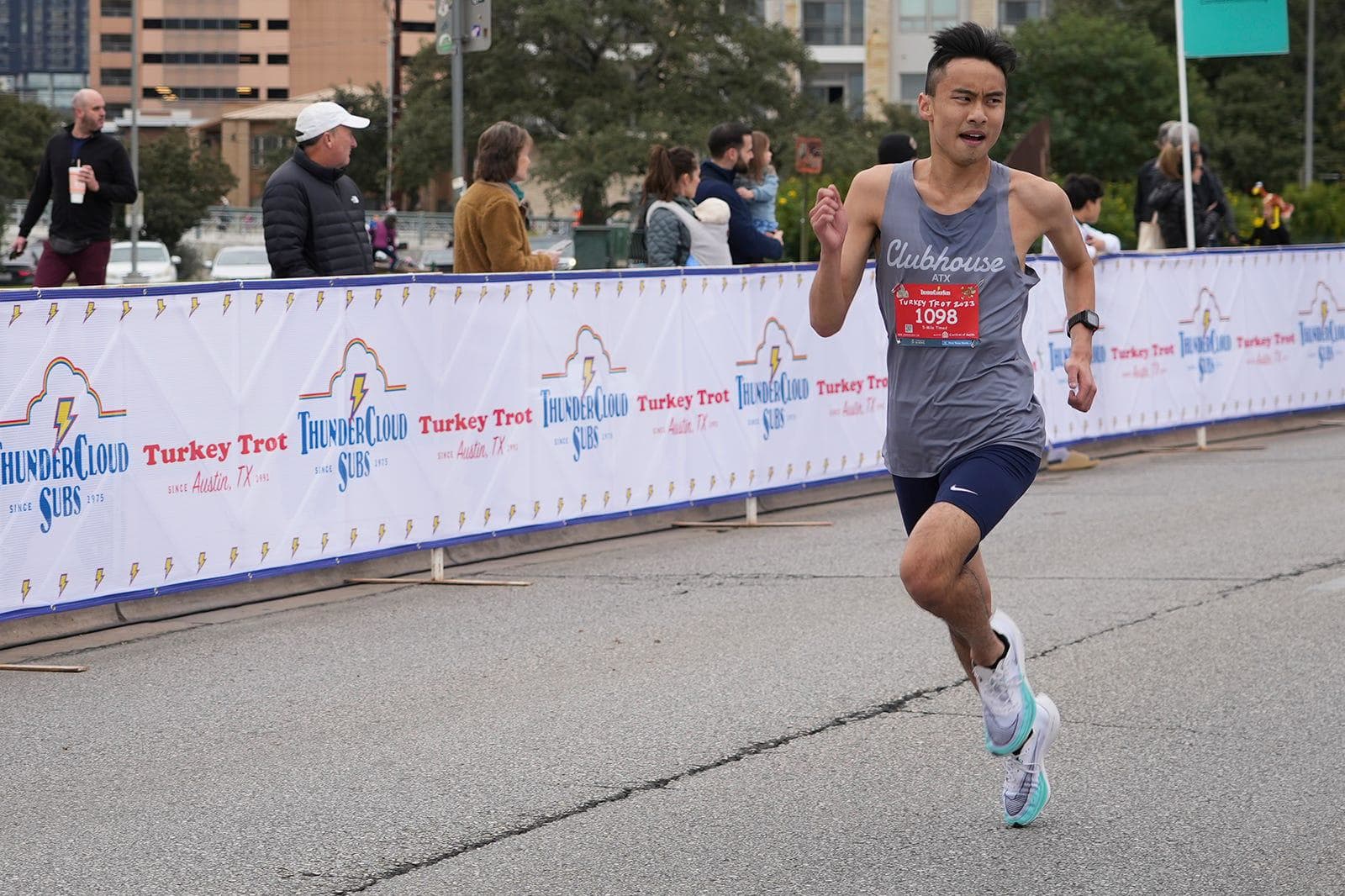
Ben Duong runs to the finish line during the 33rd annual Thundercloud Subs Turkey Trot on Thursday,
Mikala Compton/Austin American-Statesman
“I watched him grow up,” Shah said of his relationship with Duong. “He’s a really good kid. He’s very nice, super smart (and) he works really, really hard. He’s, in many ways, as straight-laced as they come.
“When he puts his mind to something, he’s very good at getting it done.”
So, when Shah got a message from Brandon James on behalf of the San Antonio Spurs explaining that the team wanted to make history at the 2024 Austin Marathon by sponsoring a runner dribbling a basketball for 13 miles, Duong was one of his immediate candidates.
He wasn’t the only one, but it became pretty clear that he was the best one rather quickly.
“I thought of (about) four or five people,” Shah said. “Two or three of them went and tried to dribble the basketball while running and they failed. They either weren’t fast enough. Or they just texted me back saying ‘Hey, this is way too hard to do.’”
Duong was different. He hadn’t ever attempted to dribble a basketball while running long distances before, but like Shah mentioned, he put his mind to the task until it was doable.
“I did a short run and I was like, ‘Paras, I’m not going to lie. That was kind of difficult. But here’s what I ran, and here’s how fast I did it.’”
The message Duong received next?
“You’re the best chance we have. Are you comfortable doing this?”
Duong was.
Ever the high achiever, he began to dribble and run religiously.
The terms of the race were simple: Duong, with the help of James and company, would wear custom-made Spurs gear and run a half-marathon at the annual Austin race. He would be running alongside everyone else and complete the race as fast as he could while maintaining a constant dribble. If he lost the ball, he’d pick it back up, return to the spot where it was lost and continue on.
“Once (the Spurs and I) agreed to terms, I would practice by running around my neighborhood dribbling a basketball every day,” Duong explained. “I got a lot of weird looks from pedestrians and cars driving by but, you know, it was okay. They didn’t know what we knew.”
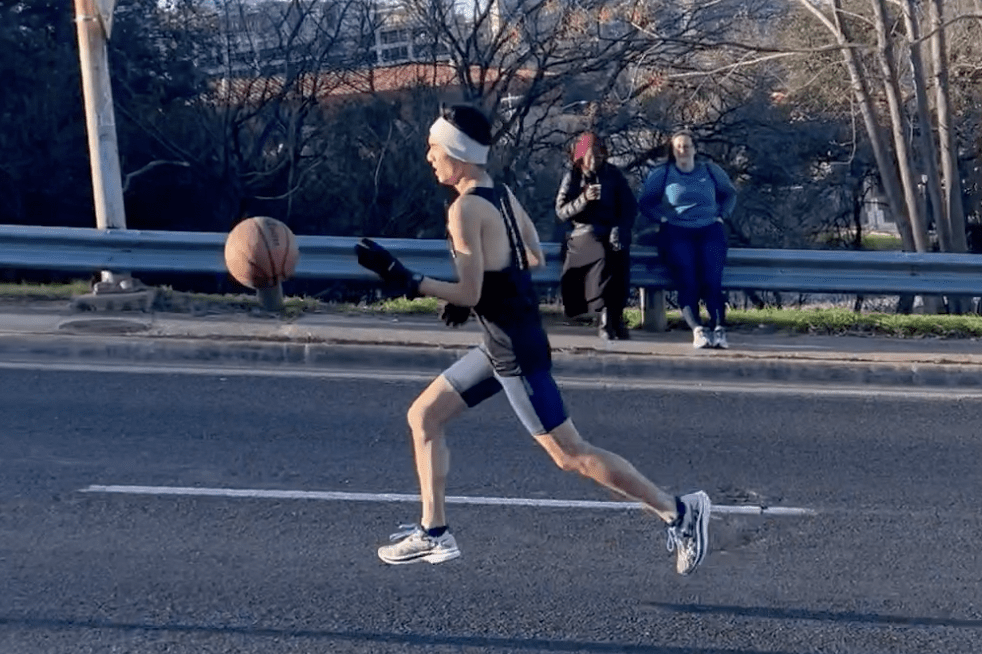
Ben Duong runs while dribbling a basketball during the Austin Marathon.
Photo captured from a video provided by the San Antonio Spurs
The Spurs got their guy. Duong was committed to running the race — easily gaining the support of his family and friend — and was gunning for the world record, which previously stood at 1 hour and 25 minutes, or an average pace of around 6 minutes and 49 seconds per mile. The race was on.
But why did James and company decide to go to Shah?
According to Duong, San Antonio knew that “anyone” could dribble a basketball and run a half-marathon. Yes, it would’ve gotten publicity and made a statement, but the team wanted to take things a step further and gun for a world record: a feat that would certainly draw all sorts of attention.
Duong’s personality just made the deal sweeter.
“He’s someone with enthusiasm,” James explained. “He’s enthusiastic about what we’re doing, where the team is going, and that’s something that we (were able) to really get behind.”
Shah seconded James’ sentiment.
“If it’s just a normal person, and they just happen to get it, it’s like ‘Okay, cool,’” he said. “But (Ben) had the right personality. What often gets missed in these types of things is that it’s not just about the athletic performance, but you’ve got to have a little personality, too.”
—
Race day wasn’t kind to Ben Duong.
Not only did he wake up late — an added stressor to a day already set to be hectic — but it was also cold. Despite the extenuating circumstances, however, he got up, got himself to the starting line and prepared to make history.
“Guinness, in terms of verification, needed all sorts of camera angles and someone be there to watch me do it,” Duong explained. “So, I did have to ask a couple of my closest running friends, Kobe Yepez and and Elijah McWilliams (to help).”
Both Yepez and McWilliams were more-than happy to play a role.
While Duong ran, the pair operated the Go-Pros provided by Guinness to help verify his progress. As he ran, they did, too.
“They were like, ‘It’ll just be a fun run on a Sunday morning through the city of Austin’,” he said.
Duong didn’t lose the ball once. He crossed the finish line with four minutes to spare — securing a time of 1:21:39 — to break the record and earn himself a spot in the Guinness Book of World Records.
He had done it. But he won’t tell you that.
“It’s not just about him,” Shah said. “When you watch the clip, you’ll see somebody who was truly excited about the moment. It was not for him, it was not a marketing stunt. … It was about making everybody else that he had told that he was doing this proud.”
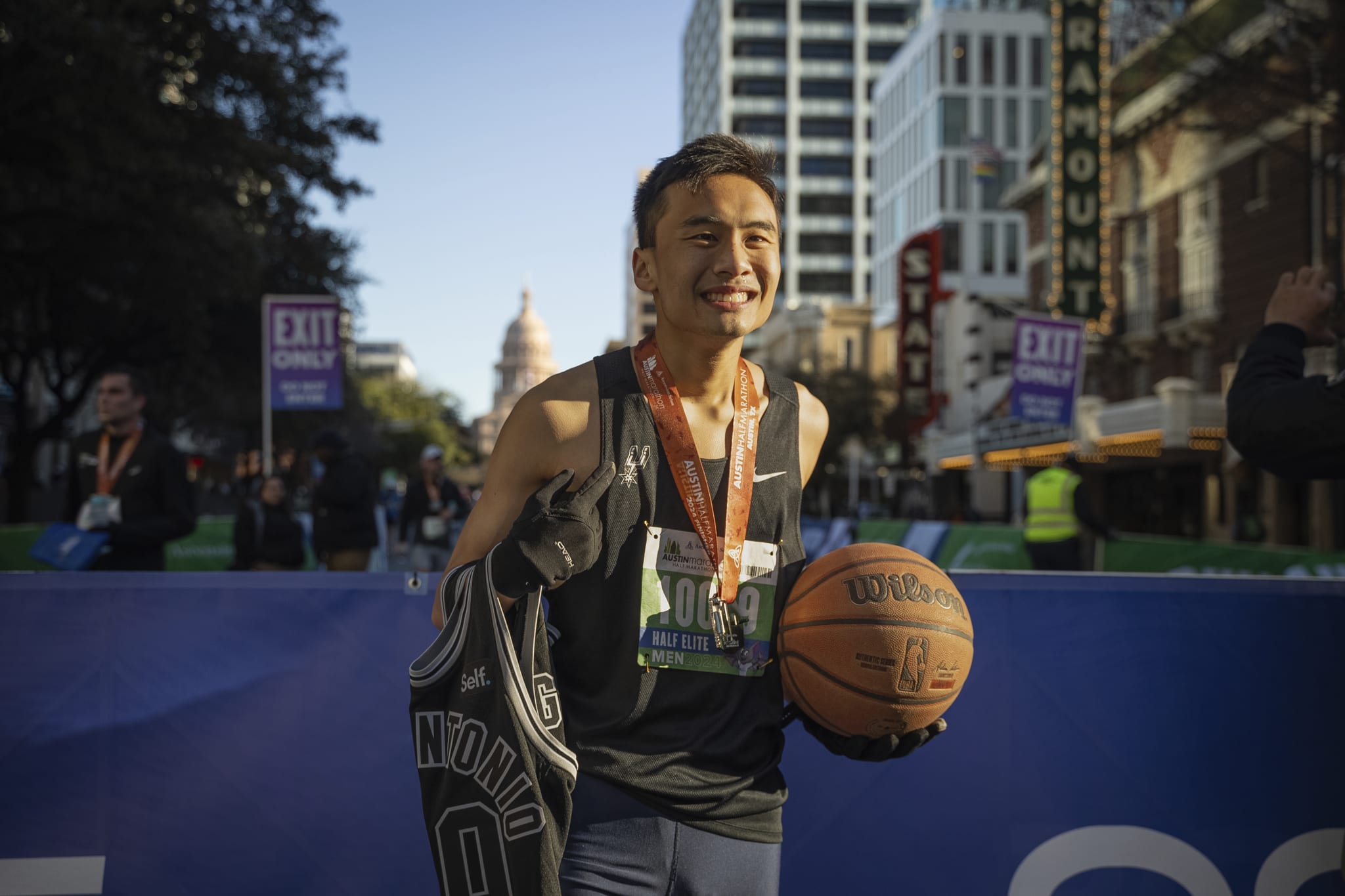
Austin-native Ben Duong pictured with a custom-made Spurs jersey and a basketball after breaking the world record for fastest dribbling half-marathon.
Photo provided by the San Antonio Spurs
That was exactly it. Duong was representing himself, Shah and the Spurs all in one go. That’s why he didn’t make excuses, nor did he set his mind on anything else but fulfilling the task. And when he crossed the finish line — quickly engulfed in a warm hug from the Spurs Coyote — he solidified it.
“It just didn’t feel real,” Duong said. “It felt like a simulation. It felt like a dream.”
“We are living in a world where people are asking to take pictures with Ben Duong,” he continued. “And I feel like that sentence just like really summarizes how it all feels. Like, it’s an indescribable feeling to know that we all did something. We all came together to do it.”
Duong was gifted a custom Manu Ginobili jersey, which he says just happened to be his favorite player. He hadn’t told anyone, yet — like the rest of the day — it just worked out.
So, with a Spurs logo on his chest and “Pound the Rock” printed vertically down his back, Duong was even more hooked into the Spurs family. He was from Austin, but that was okay.
In fact, as far as James was concerned, that was almost preferred.
“We wanted to be uplifting,” James said. “Making sure that (Duong was) getting the recognition and bringing attention to not only Austin and the Austin Marathon, but to our brand. We love working with the community to really show that we’re a part of it.
“We’re not just here for show.”
The Spurs have proven exactly that over the past two seasons with built in trips to Austin. But they aren’t finished expanding.
Not even close.
Not Done Yet: A Long-Term Goal
Before the massive celebration that rocked Frost Bank Center at the end of the season when the Spurs knocked off Nikola Jokic and the Denver Nuggets, there was one at Moody Center.
In an overtime effort, San Antonio bested the Brooklyn Nets. It wasn’t an easy win by any means, but nothing about the Spurs’ season had been to that point. Even with Victor Wembanyama, the youngest team in the NBA endured its share of struggles.
It lost 18 in a row, lost Bassey and even dealt with position changes in an attempt to open up its offense. There were times when rock bottom seemed pretty in-reach. But not that Sunday evening.
That day, the Spurs felt on top.
“We felt like we couldn’t leave Austin without grabbing one,” Wembanyama said of taking the game against the Nets. “It’s those moments where we progress the most. It’s really, really enjoyable, (and) especially when you win.”

Mar 17, 2024; Austin, Texas, USA; San Antonio Spurs forward Keldon Johnson (3) reacts after a play against the Brooklyn Nets.
Scott Wachter-USA TODAY Sports
When the buzzer sounded, the Spurs secured their victory, and Moody Center lost it. It was a feeling the arena had only experienced once before, when the team beat the Portland Trail Blazers a year prior, but with Wembanyama in the mix — and an even larger crowd — this win felt different.
For the city of Austin, it was a sign of potential. For the Spurs, it was a momentum-builder.
For James, it was a sign of hope.
“The fans and the people are the heart of what we’re doing,” James said. “So, we’re excited that the Spurs are beginning to get some real traction in this market. We understand that we have a lot of work left to do. But we’re all very excited about the impact that we’ve had.”
As the city of Austin continues to grow — which it certainly will — so, too will the Spurs’ presence and allure. And if they needed any reassurance of that, they can take Duong’s word for it.
“I think it’s a really smart decision,” the 24-year-old explained. “I mean, everyone and their moms have been moving to Austin over the last few years, so it’s, a lot of untapped potential for them.”
Duong’s story was nothing short of inspirational for others, but most importantly for the Spurs. As far as passion goes, they struck a goldmine with him, but more than just being a runner, Duong is an example of just how willing fans are to accept and embrace a city based in a Southern Texas city.
He showed how deep Spurs culture can run — literally and figuratively.
Safe to say, James and the rest of the team loved it.
“We are uniquely positioned to be able to draw from a city as thriving as Austin,” James said of the Spurs’ expansion efforts. “And to be (able) to have the anchor in San Antonio is a unique position that we’re not taking for granted. I think our ambitions are big.
“We’re shooting for the sky.”
—
An open-concept convenience store sits in the terminal walkway at the Austin-Bergstrom International Airport.
Inside is a vast collection of sports merchandise, ranging from Burnt Orange UT Austin gear to Dallas Cowboys hats and T-shirts. Customers trickle in and out of the space, some taking gear with them, while others simply peruse the selection. At first glance, the shop is fairly ordinary.
But a closer look reveals otherwise.
At the front of the store, a stand featuring numerous kinds of Austin F.C. merchandise is the first thing customers see upon entering. And next to the stand? A symbol of San Antonio’s influence proudly hangs: A rack of Victor Wembanyama jerseys in all sizes.
Exactly what the Spurs had hoped for.
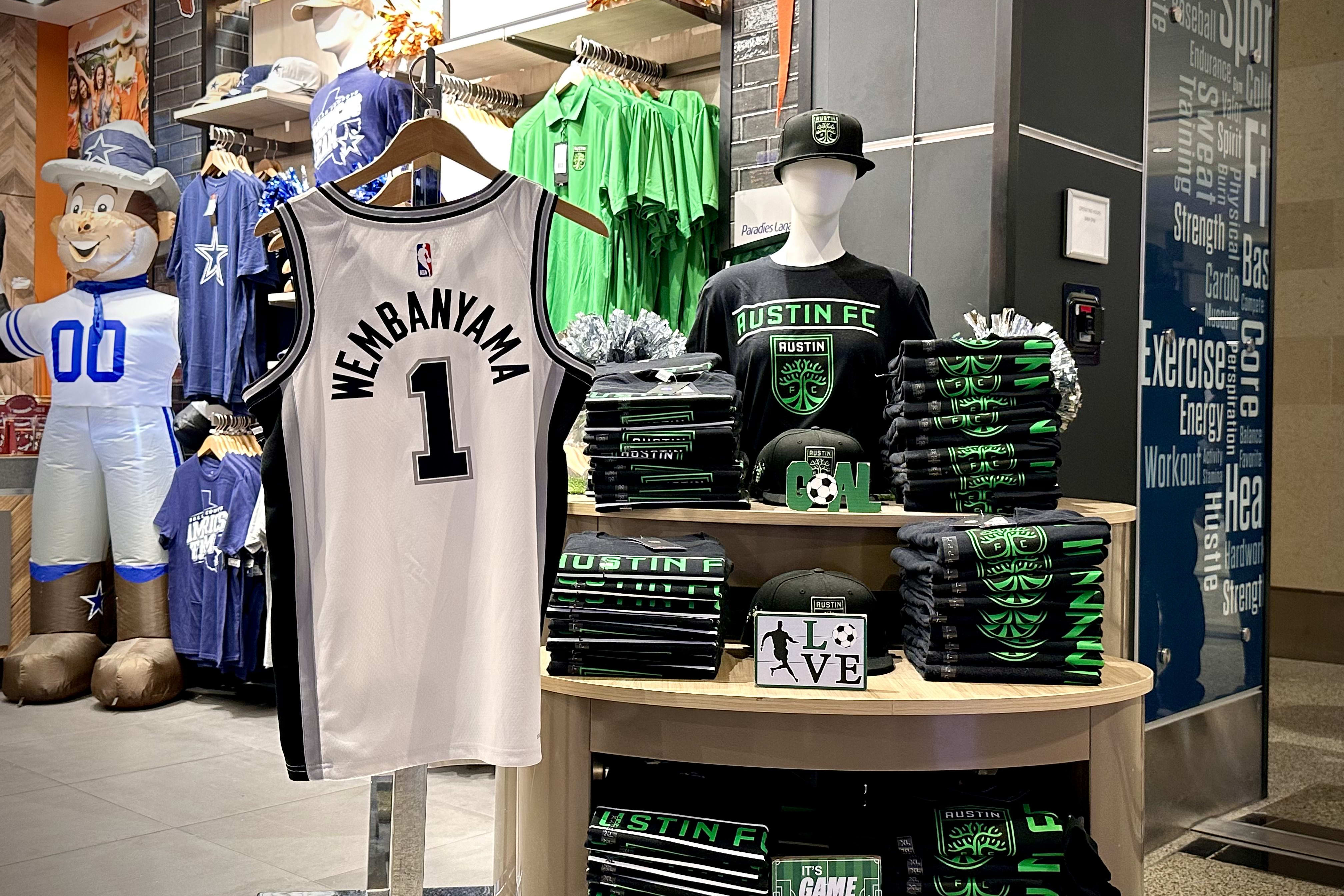
A convenience store at the Austin-Bergstrom International Airport proudly displays Austin F.C. merchandise and San Antonio Spurs rookie Victor Wembanyama jerseys.
Matt Guzman/InsideTheSpurs.com
San Antonio will always be home for the Spurs, just as Austin will always be the city of “weird.” But the pairing between the two is beginning to become clearer. The line separating the cities thinner.
If the NBA’s youngest team can be a bridge between two Texas cities with vastly different cultures, then James and company have accomplished their goal. They’re not fully there, yet, but they’re getting closer. And they’re excited.
Just like the rest of Austin’s fanbase is beginning to be for the Silver & Black.
“There is a clear energy around our team,” James said. “We’re a young team. We have really talented players. I think people are really most excited about not necessarily where we may be right now, but where we’re heading.
“That’s what we’re trying to capitalize on.”

Austin, TX
Amid Protests of Students, Faculty, and Staff, the State Tightens Its Grip on the University of Texas at Austin

In April, state leaders’ attempted stranglehold over the University of Texas at Austin, Texas’s premier public university, came to a head in several ways. The month began with the university laying off dozens of employees who formerly worked in positions that dealt with diversity, equity, and inclusion (DEI) programs. The month ended with state troopers marching on campus to disrupt anti-war protests at the direction of Gov. Greg Abbott and with the approval of UT Austin President Jay Hartzell.
In this week’s Hotline, we dive into this dark month at Texas’s flagship university.
State, City, & University Police Assail, Arrest Peaceful Anti-War Protesters
Over the past two weeks, hundreds of peaceful protestors, many of them UT students, have been arrested for protesting the war in Gaza and demanding an end to the university’s and the nation’s involvement in the conflict.
Last Wednesday, a coalition of student groups, including the Palestine Solidarity Committee, organized an event on UT’s south lawn to protest the war in Gaza. Event organizers referenced the encampments that have occupied other universities like Columbia, Yale, and Brown, but there was no evidence that this group was connected to groups on those other campuses, apart from the organizing inspiration. The schedule for UT’s event included peaceful actions: teach-ins, pizza breaks, and an art workshop.
A listed demand of the protesters was for the University of Texas to divest from companies that they view as supporting the war in Gaza. The University of Texas’ endowment, totaling $68 billion, is the largest of any public university and the fifth largest of any university system generally. Students have taken issue with the endowment’s investments in companies that manufacture weapons, including Lockheed Martin, Raytheon, BAE Systems, and others. Because weapons produced by these companies and used by the Israeli military have resulted in the deaths of civilians, protestors claim that the University of Texas is complicit in these tragedies and demand divestment.
However, a state law from 2017 that forbids Texas public investments from boycotting Israel seems to forbid such divestment.
Protestors at UT-Austin, who were told by the university to cancel the protest because of a “declared intent to violate our policies and rules, and disrupt our campus operations,” were met with a large police presence, declaring that the protest was unlawful as students didn’t have the proper permits to protest. Campus police officers initially seemed to be willing to negotiate with the protesters, but dialogue seemed to end when Texas Department of Public Safety (DPS) officers arrived at the scene dressed in riot gear. State police quickly moved to break up the protests. Police arrested 57 people present at the protest, including a photographer for FOX 7 News who was covering the incident. All those arrested were released the following morning.
It was later revealed that Hartzell had invited DPS onto campus to break up the peaceful protests. Abbott, who directs DPS, supported the arrests on social media. In his comments, Abbott took issue with the content of the protests, not the manner in which they were done. In the United States, the content of protests is protected by the First Amendment.
Protestors were arrested for trespassing on university campus because they were directed to leave due to not having a permit to hold the event, but the university had previously allowed similar protests to occur in the same location and the same manner without a permit. Similar protests were held at public universities across Texas, including Texas State University and the University of Texas at Dallas, but these protests were not met with a similar police presence.
Protestors reconvened the next day but were not met with a police presence, and the protest continued peacefully as planned. On this second day, the protest was much larger than the day before. At this protest, many community leaders spoke, including Congressman Greg Casar (D-Austin), and condemned the police action. UT-Austin AAUP President Pauline Strong also spoke at the protest. She announced that UT-Austin AAUP was collecting signatures from faculty to call for a vote of no confidence in Hartzell for bringing state police to campus. Thus far, they have collected over 600 signatures.
This week, on Monday, the protests continued and were met by hundreds of law enforcement agents. After protesters refused to vacate the south lawn despite officers’ demands, officers began arresting protestors one by one and soon broke up the encampment. The protesters were assailed with pepper spray and flash bangs.
In response to the events this past Monday, the House Democratic Caucus released a letter explaining to Democratic members what transpired. Ali Zaidi, the executive director of the House Democratic Caucus, penned the letter and was present to observe the Monday protest. Zaidi explained that he and Rep. Gina Hinojosa (D-Austin), who was also in observance of the protest, felt the effects of the pepper spray used on the protestors, despite being yards away. The letter declared, “It is our belief that this behavior by law enforcement created further chaos and harm to the health and well-being of students which must not go unaddressed.”
Students had planned to resume protests Wednesday but postponed the protest until this coming Sunday.
Employees and Students Fight Back Against Anti-DEI Efforts
In a previous edition of the Hotline, we explained how an estimated 60 employees at UT Austin and 20 employees at UT Dallas were either demoted or given termination notices. These affected employees, which included both faculty and staff, previously worked in positions that related to DEI initiatives but had since been reassigned to new positions to comply with Senate Bill 17, which banned DEI initiatives. These layoffs occurred despite the fact that the legislators who sponsored SB 17 publicly made assurances that employees in DEI positions would not be terminated.
Since these terminations and demotions were announced, a wide public outcry, from within the UT community and from without, has emerged, demanding that these termination orders be reversed. During the week following the dismissals, state legislators joined the Texas NAACP and Texas AAUP-AFT at a press conference at the Texas AFL-CIO headquarters denouncing the layoffs. The state legislators present were Rep. Ron Reynolds (D-Missouri City), chairman of the Texas Legislative Black Caucus, Rep. Gina Hinojosa (D-Austin), whose district includes the UT Austin campus, and Rep. Sheryl Cole (D-Austin).

The 60 affected employees mostly occupied student services positions that supported students outside of their academic pursuits. In addition to the affected employees themselves, students are also victims of this move.
Students are fighting back against these layoffs. Over the intervening weeks since the layoffs were first announced student groups, such as Texas Students for DEI, which has been active at campuses across the state in opposition to the state’s attacks against DEI, and individual students began posting the hashtag #NotOurTexas on social media, as a condemnation of the layoffs. Post-It notes with the message #NotOurTexas were also left in prominent locations around UT Austin campus, including the university’s iconic fountain.
This past Monday, a coalition led by the Texas State Employees Union (TSEU), in concert with Texas AAUP-AFT and the Texas AFL-CIO, rallied on UT Austin’s campus to demand that the university’s actions be reversed. Austin City Council members Vanessa Fuentes and Zohaib “Zo” Qadri, whose district includes UT’s campus, as well as Texas AFL-CIO President Rick Levy and UT Austin AAUP executive board member Karma Chavez, spoke at the rally in support of the affected employees. Hundreds of students, faculty, staff, and community members joined the rally.

The next chapter in this saga is uncertain. Many of the affected employees are scheduled to be officially terminated after their mandatory 60-day termination notice expires. Senate Education Committee Chairman Brandon Creighton’s letter to Texas public universities, which kicked off these layoffs, demanded UT Austin send representatives to a committee hearing to detail compliance with Senate Bill 17 in May, but the date of the hearing has not been set. Additionally, the Senate was tasked in Lt. Gov. Dan Patrick’s interim charges with studying the implementation of SB 17. This interim hearing will also likely take place over the summer.
Austin, TX
Texas attorney general threatens Austin over City Council's effort to protect health care for transgender people – Austin Monitor
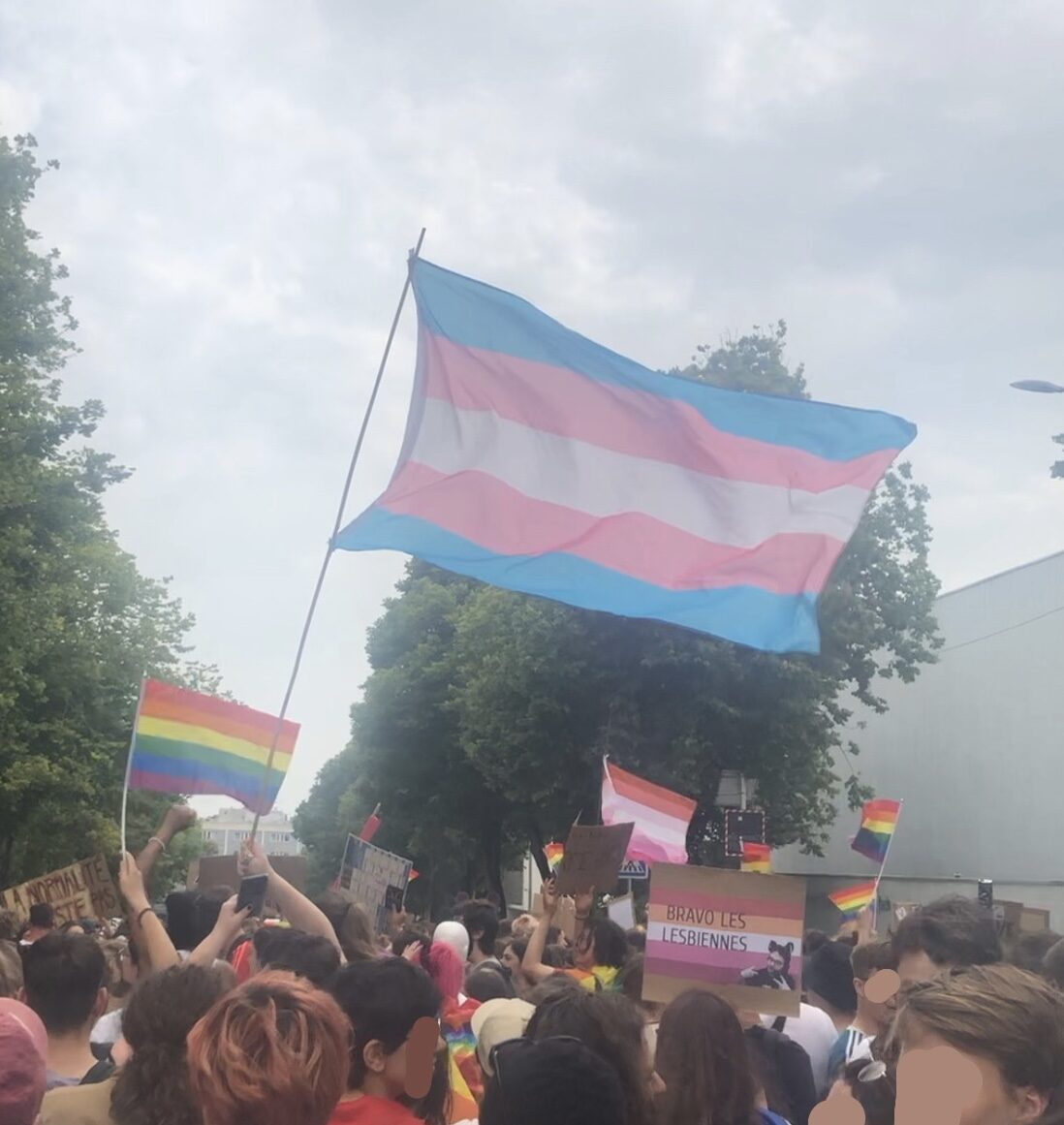
Shortly after City Council acted Thursday to protect transgender people from discriminatory health care laws, Attorney General Ken Paxton issued a threatening statement, vowing to “consider every possible response to ensure compliance” with state law prohibiting gender-affirming care for minors.
Against this backdrop of escalating anti-trans rhetoric within the Republican Party, Council passed a resolution to protect the health, welfare and safety of trans and nonbinary people, as well as those who provide care or assist in facilitating gender-affirming care.
The resolution, which passed on a 10-1 vote, with Council Member Mackenzie Kelly voting no, is significant given recent developments in Texas such as the 2023 law banning gender-affirming health care for youth and Gov. Greg Abbott’s insinuation last month that trans teachers should be prohibited from wearing clothing that aligns with their gender identity.
Council Member Chito Vela sponsored the resolution and noted before the vote the dangers LGBTQIA+ people face in their daily lives. He thanked the speakers, “especially given the intimidation tactics used by some opponents (who) apparently sent armed individuals to intimidate supporters as they entered City Hall. That’s very disappointing and troubling,” he said. “Violence should not be a part of, or even threats of violence, should not be a part of our political discourse.”
The resolution directs that no city personnel or resources be used to investigate, prosecute or impose penalties on people seeking transgender health care, and that Austin police should make investigating such cases their lowest priority.
Many members of the LGBTQIA+ community and allies spoke in support of the resolution, while others spoke against the measure and based their opposition on either religious views or the likelihood that the state would punish Austin, as later evidenced by Paxton’s statement.
Speaking in support, Morgan Davis, a transgender man who serves on Austin’s Human Rights Commission, grew emotional when they recounted what it was like working as an investigator for Child Protective Services at a time when the agency was directed to look into reports of minors receiving gender-affirming care. Davis resigned instead, on grounds that “I took an oath to protect children. … Good people lost their jobs because they could not morally continue” to investigate trans kids, Davis said.
Before casting a dissenting vote, Kelly said that Austin, as a home rule city, “does indeed have a significant degree of autonomy. However … our autonomy should not be construed as a license to continually undermine state law. Repeated actions like this by our Council not only undermine the rule of law but also invite significant cost of litigation, which diverts valuable and limited city resources away from other critical services.”
Mayor Kirk Watson asked to be added as a co-sponsor to Vela’s resolution prior to the vote. Co-sponsors included Council members Ryan Alter, Zo Qadri, José Velásquez and Vanessa Fuentes. A Watson aide said the mayor would not comment on Paxton’s statement. Vela’s office did not respond by press time.
Photo by Emgann444, CC BY-SA 4.0, via Wikimedia Commons.
The Austin Monitor’s work is made possible by donations from the community. Though our reporting covers donors from time to time, we are careful to keep business and editorial efforts separate while maintaining transparency. A complete list of donors is available here, and our code of ethics is explained here.

You’re a community leader
And we’re honored you look to us for serious, in-depth news. You know a strong community needs local and dedicated watchdog reporting. We’re here for you and that won’t change. Now will you take the powerful next step and support our nonprofit news organization?
Austin, TX
Data Center Boom Threatens Texas Power Grid – Reform Austin
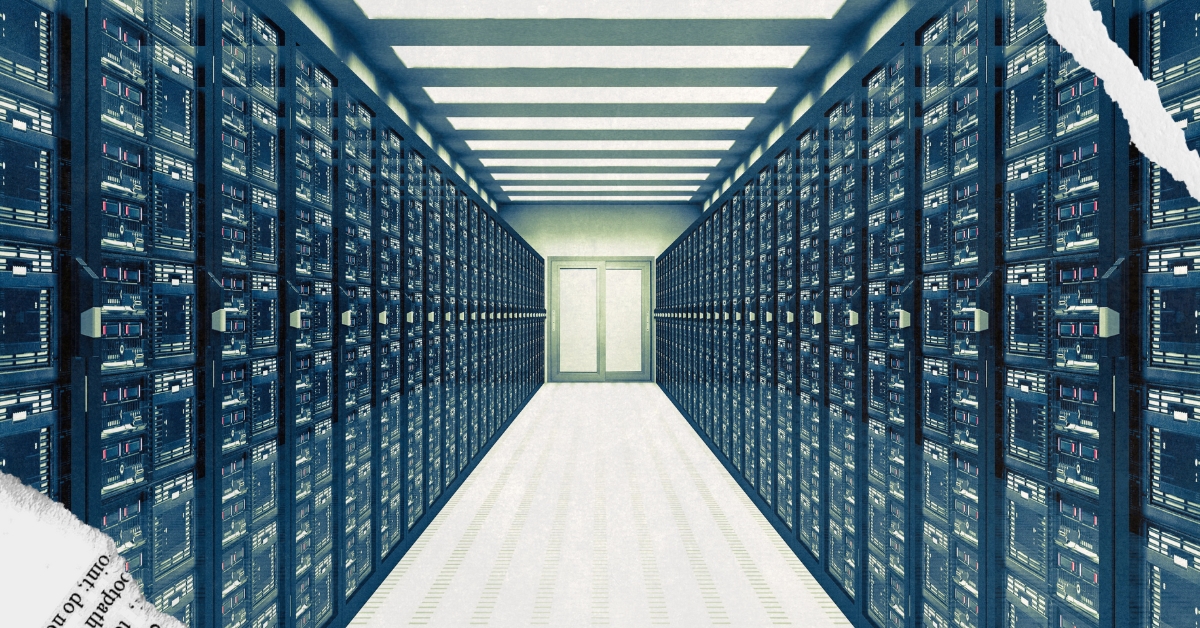
It’s not even summer yet, and the Texas power grid is already straining under demands because of high temperatures. One consistent worry is that the increasing number of data centers in the state may make it even harder for the electrical infrastructure to hold up once Texans start turning their air conditioning on full blast.
Data centers are large warehouses full of computer servers that keep the digital world running, everything from finance to social media. Texas has been aggressively luring data centers to be built in the state for most of a decade, drawn by the prestige of having tech companies like IBM and Amazon. Currently, Texas has 278 of them, with more being built.
The centers are also massive power drains. Data centers consume about 1,000 kilowatt-hours per square meter (ten times that of the average American home), and Texas has over 22 million square feet of data center space. Computing power is increasingly eating up a percentage of every state’s electricity generation.
Which is why many states are starting to rethink having these centers at all. Lawmakers in Connecticut, South Carolina, Georgia, and Virginia are questioning whether the tax breaks offered to data center builders are worth the expense. The centers do not generally translate into local jobs the way similar-sized facilities in industries like manufacturing do. Typically, high-paying positions at the centers go to relocating employees, with locals only able to secure janitorial and other maintenance work. Texas offers an exemption on sales tax for data center equipment over $200 million so long as the company promises to provide at least 20 above-average wages. That means that the state is trading at least $16.5 million for those jobs.
Meanwhile, the voracious appetite of the data centers is demanding more and more energy, especially as the AI boom adds to the need for power. According to the Electricity Reliability Council of Texas, data centers use 4 percent of the Texas grid, a number that will at least double by 2030.
Right now, it is the maintenance season for the Texas energy industry, which explains some of the strained grid when temperatures are barely around 90 degrees. However, there are some specific problems on the horizon. Many of these data centers not only want power, but they also demand renewable energy for both tax credits and prestige. Texas generates a large amount of renewable energy, but solar and wind still have poor storage capacity. That leaves the windmills and panels bespoke to these giant centers when in use and the industry having to rely on generators when it’s cloudy or calm.For another, Texas remains on its own power grid that can’t draw on other states when demand is high. Instead, we have a system where ERCOT appeals to the public to voluntarily reduce their usage during crunches, something that has mixed results. ERCOT can’t order a data center to shut down to prioritize residential and emergency power users, but they can offer to pay them to stop operating for awhile. It’s one more cost added to what data centers are draining from the state.
-

 News1 week ago
News1 week agoLarry Webb’s deathbed confession solves 2000 cold case murder of Susan and Natasha Carter, 10, whose remains were found hours after he died
-

 News1 week ago
News1 week agoFirst cargo ship passes through new channel since Baltimore bridge collapse
-

 World1 week ago
World1 week agoHaiti Prime Minister Ariel Henry resigns, transitional council takes power
-

 World1 week ago
World1 week agoSpanish PM Pedro Sanchez suspends public duties to 'reflect'
-

 World1 week ago
World1 week agoUS secretly sent long-range ATACMS weapons to Ukraine
-

 Movie Reviews1 week ago
Movie Reviews1 week agoHumane (2024) – Movie Review
-

 News1 week ago
News1 week agoAmerican Airlines passenger alleges discrimination over use of first-class restroom
-

 Education1 week ago
Education1 week agoVideo: Johnson Condemns Pro-Palestinian Protests at Columbia University
